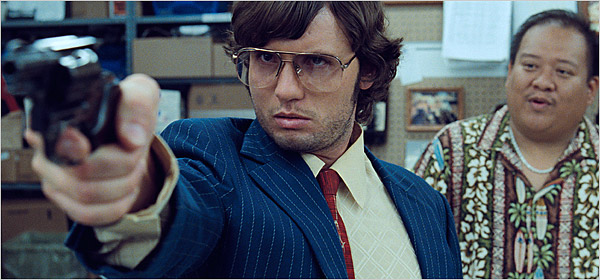Nearly four decades have passed since the assassination of John Lennon, a seminal figure in music history and cultural evolution. His tragic demise at the hands of Mark David Chapman in December 1980 remains a poignant chapter in American history. As Chapman continues to serve his sentence in prison, one can’t help but ponder: what does life behind bars look like for a man notorious for extinguishing the life of a global icon?
Chapman, convicted of second-degree murder, was sentenced to 20 years to life in prison. This lengthy term is punctuated by his repetitive attempts at parole, each met with denial. The question arises: why has he generated such a contentious discourse in the realms of justice and rehabilitation? With Lennon’s legacy intact, Chapman stands as a flatlining testament to a society grappling with the impacts of celebrity, gun violence, and psychological malady.
In the ensuing years following the assassination, the United States has burgeoned with discussions surrounding gun control, mental health, and violence against public figures. Chapman’s psychological evaluations reveal a complex interplay of delusion and obsession—elements that roiled within him long before that fateful night in New York City. Are we not compelled to confront the nuances of mental health as we navigate this turbulent narrative? Perhaps the stark reality of Chapman’s situation challenges us to examine broader societal issues that lead individuals to commit acts of grievous harm.
After multiple requests for parole, objections from those advocating for Lennon’s legacy have intensified. Fans, activists, and family members argue that granting Chapman freedom would not only diminish the value of Lennon’s contributions but would also trivialize the very real pain his actions inflicted. This raises an uncomfortable dilemma: should justice serve retribution or rehabilitation? Chapman’s life, spent largely in the confines of prison, invites us to contemplate the fine line that exists between these two notions.
The paradox lies in the notion of a “celebrity killer” in a mediated society, where Chapman’s story is woven with the fabric of pop culture. He is a figure not just of infamy but perhaps, inadvertently, of societal neglect regarding mental health issues. The challenge presented is to scrutinize the motivations of individuals like Chapman—what societal failings may have precipitated such extreme actions? Understanding these dynamics is essential, for they reveal the complexities of human behavior and the maddening intersections of fame, obsession, and despair.
As Chapman continues to navigate the prison system, discussions around the implications of his actions continue to shape public perception. Engaging with this narrative not only honors Lennon’s memory but also compels us to confront the underlying currents that foster such tragedies in society. The perpetual inquiry remains: how do we curate a future devoid of these deeds, learning from the past instead of repeating its darkest chapters?
